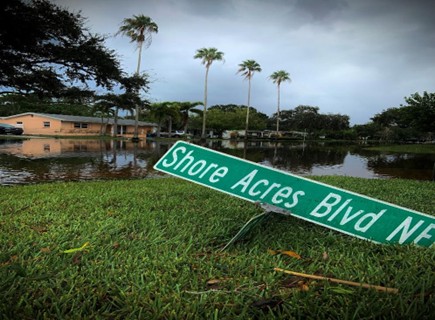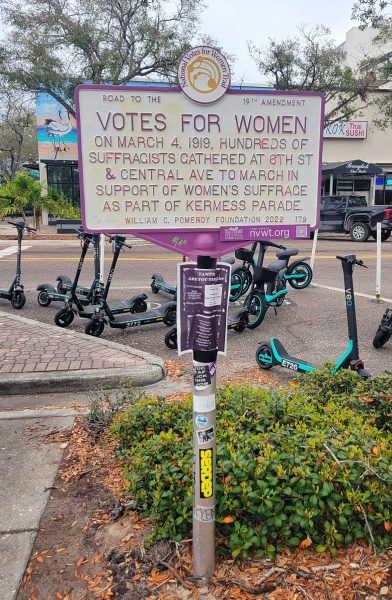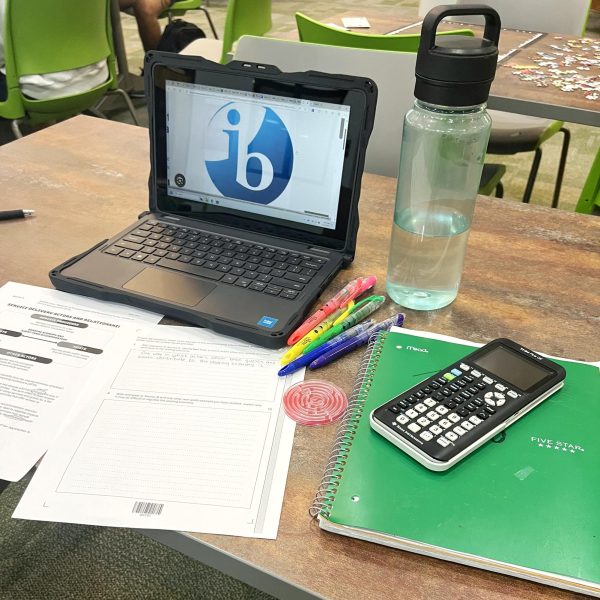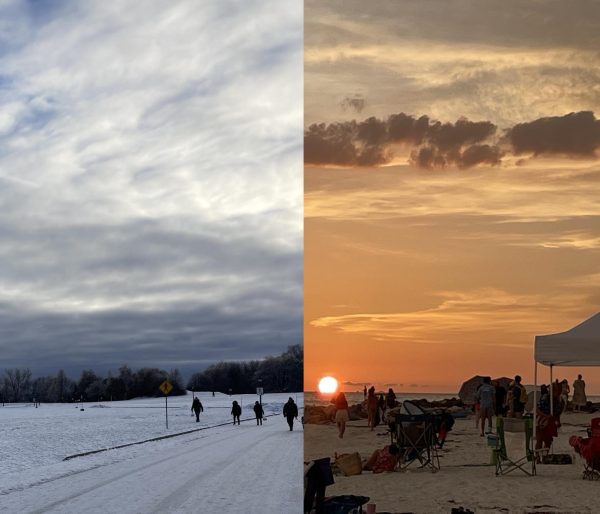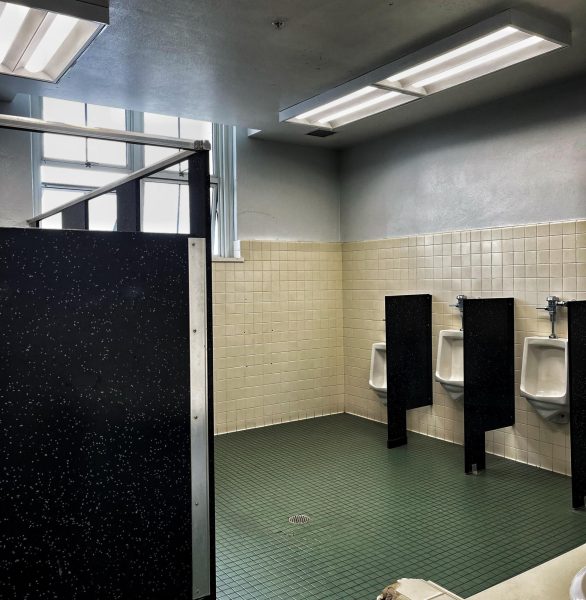Why is mental health help so inaccessible for teens?
Recently, I heard a story of a Student in Pinellas County that spent all day in their guidance counselor’s office waiting to be Baker Acted. However, no place had the space to accommodate them. Ever since I heard it, I could not stop thinking of how horrifying and upsetting that must be for this student and their family. This however did raise a large question in me “why is it so hard for teens to access mental health help?” I personally believe we should all go to therapy as self-care. However, most therapists and psychiatrists don’t accept insurance and can get very pricy. In America, the treatment of mental health is extremely overlooked and sometimes frowned upon. So, what systems do we already have in place and why aren’t these working to their full extent?
The most obvious and easily accessible are teachers and school counselors, who would presumably be trusted adults. After asking around I found further clarification, most everyone I spoke to doesn’t feel comfortable even reaching out to their school counselors because there aren’t established relationships between counselors and students, other fears relate to the exploitation of students’ private conversations. What we can do to improve a system that was meant to solve our concerns for students: set up systems that allow students to anonymously communicate with counselors allowing honest situations and unbiased advice and lessen the workload of these counselors so their top priority can become students’ mental health.
In European countries the approach to mental health is entirely different, there is no cost-sharing toward primary care visits in Canada, Germany, the Netherlands, or the United Kingdom, which helps eliminate financial barriers to first-level care. In the U.S we make our citizens pay an arm and a leg before they can sit down and speak on their issues with professionals, with no health insurance in the Pinellas county area a single session would cost around $100-$200. Some families can hardly afford to put food on the table and clothing in drawers, that fact doesn’t make them any less worthy of help that should originally be free. Unfortunately in America, we allow our citizens to pay these same if not worse rates for things such as dental care, life-saving surgeries, pediatric visits, orthodontics, gynecology, and every other field of medicine that has the possibility of benefitting the individuals seeking them out. So why mental health? I could have just as easily written on the accessibility of health care as a whole. I chose mental health because we can help not only teens but families through our school systems, everyone would benefit from the accessibility of mental health help. We can’t allow a system that has been halfway set up to continue to fail over and over before we step in and fix something that is so clearly broken.
What benefits would we see? Motivation and mental stability go hand in hand; students who are able to access treatment for undiagnosed depression and ADHD will have a better chance of performing higher in school. This helps the student’s future careers and also makes the school system look good. If not for just the reputation of the school system also for the lives of our students, this claim has multiple meanings. The largest cause of school shootings is the disturbed minds of teenage boys, usually related to bullying or abusive home lives. The anonymous system mentioned earlier can prevent and reach out to not only potential victims of suicide but also potential perpetrators prior to their crimes.
As citizens we pay taxes, we keep as many things in line as possible. So why don’t we deserve something that should not even be considered a luxury, it’s time to ask what can the government do for me?




